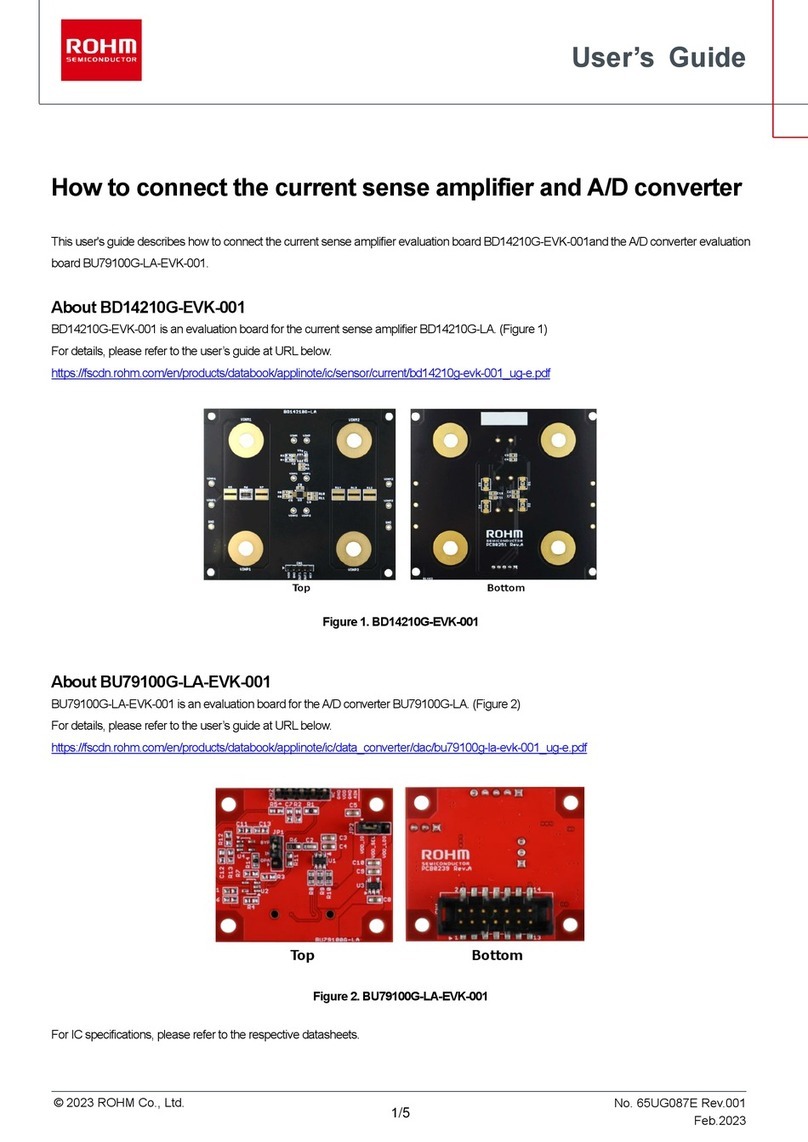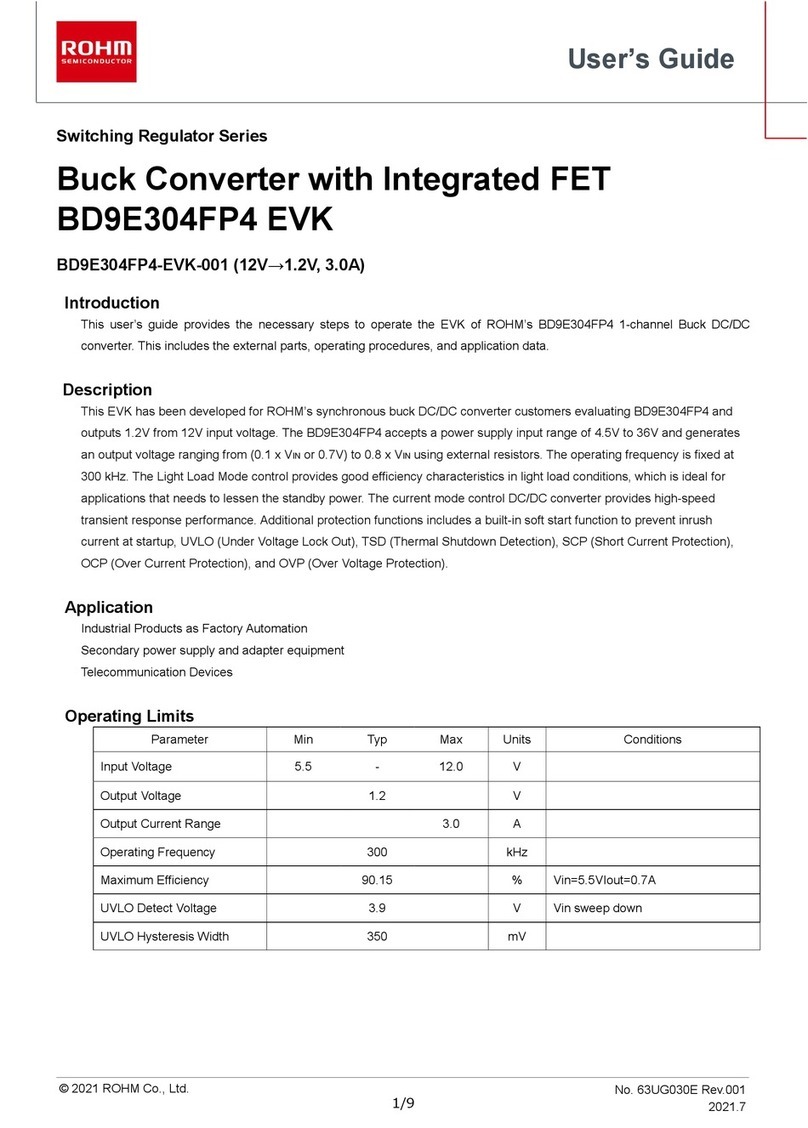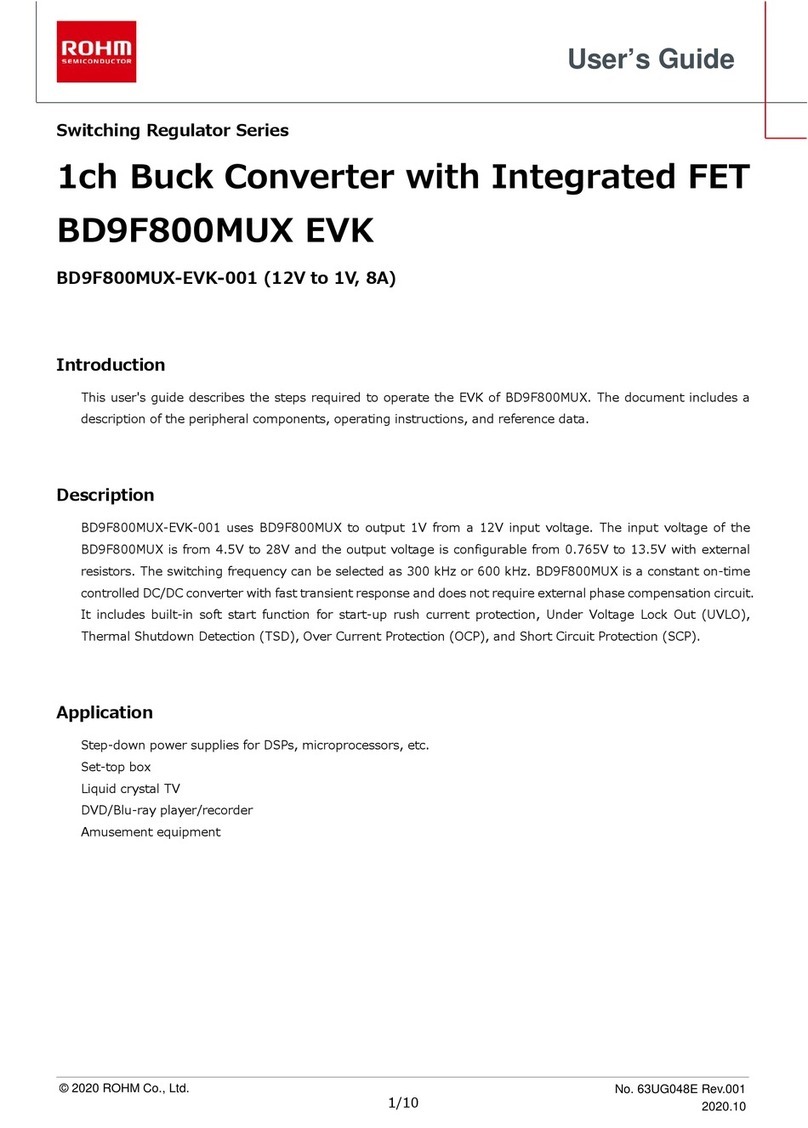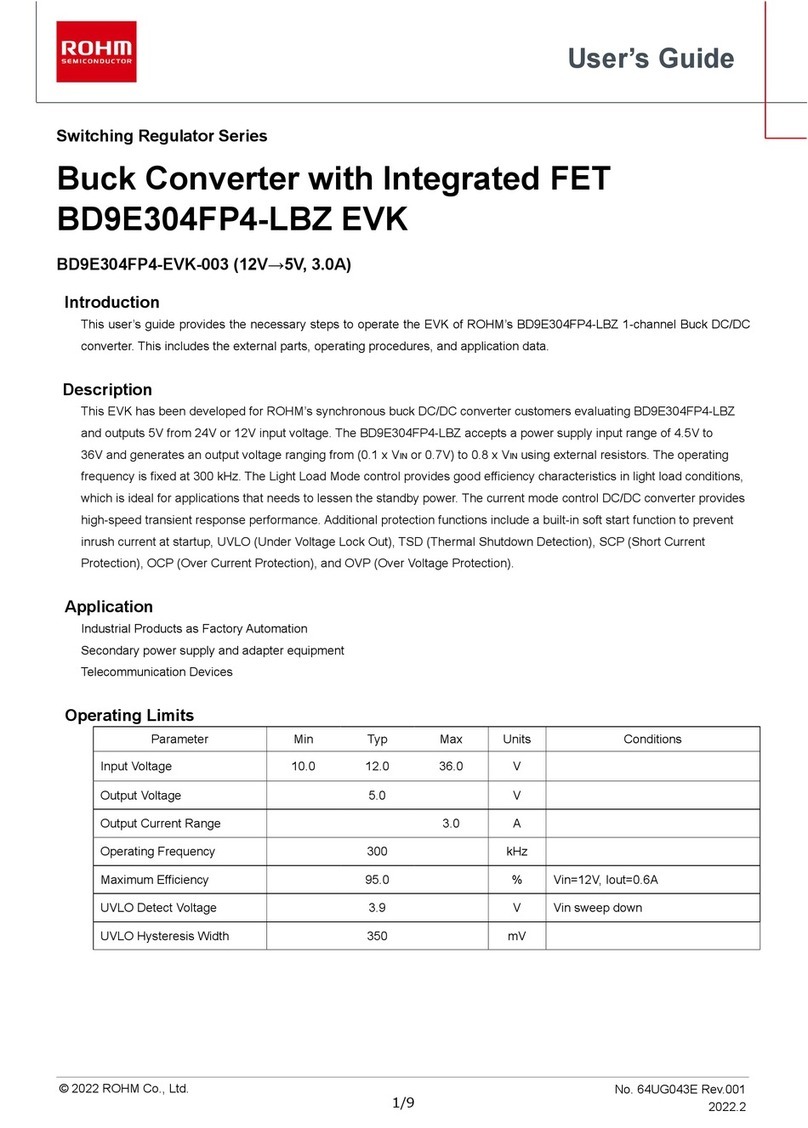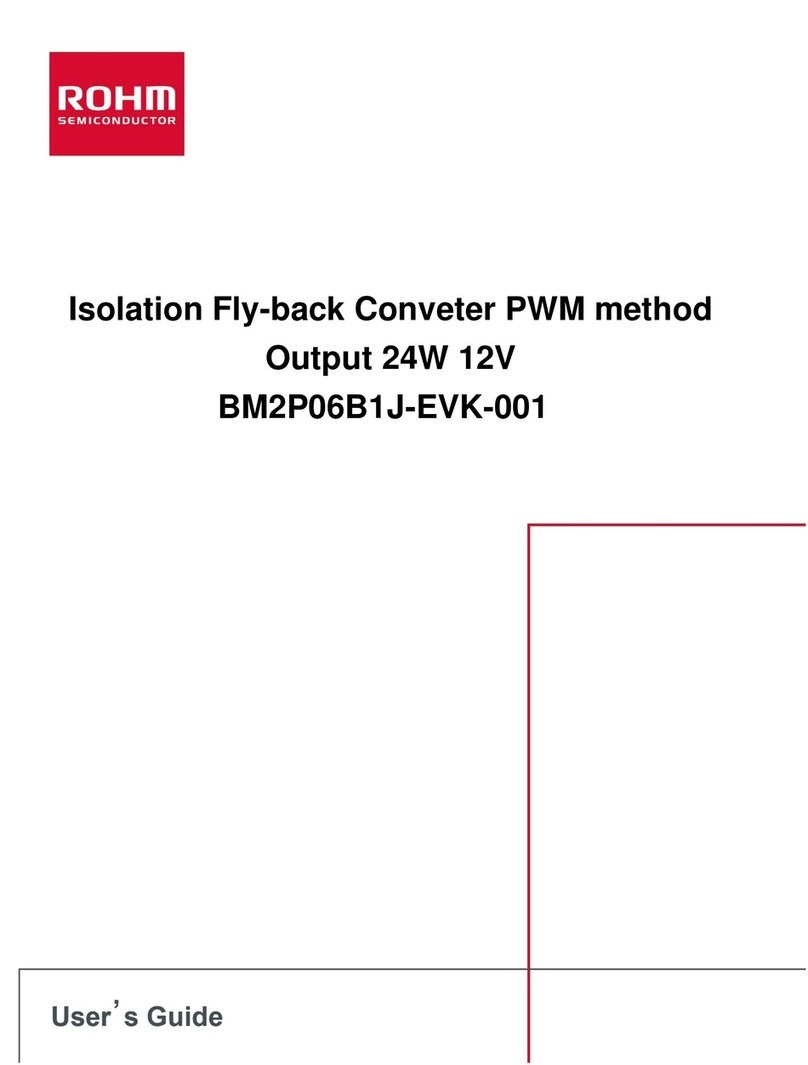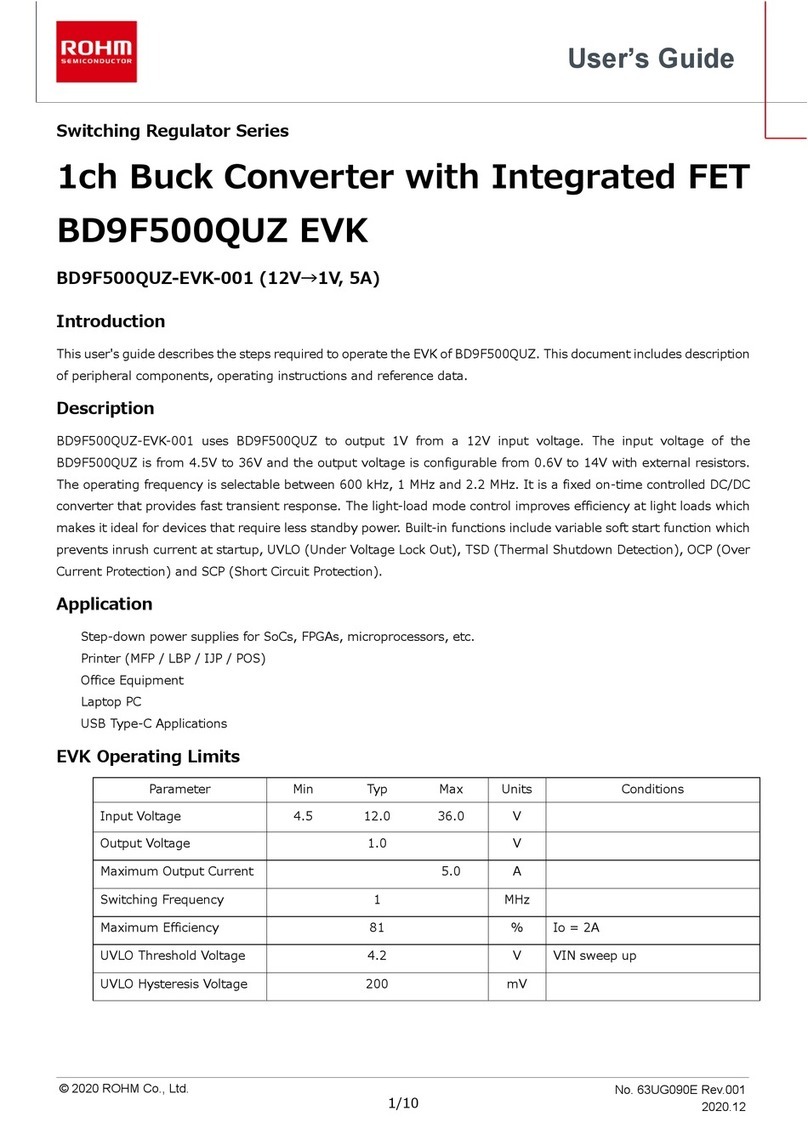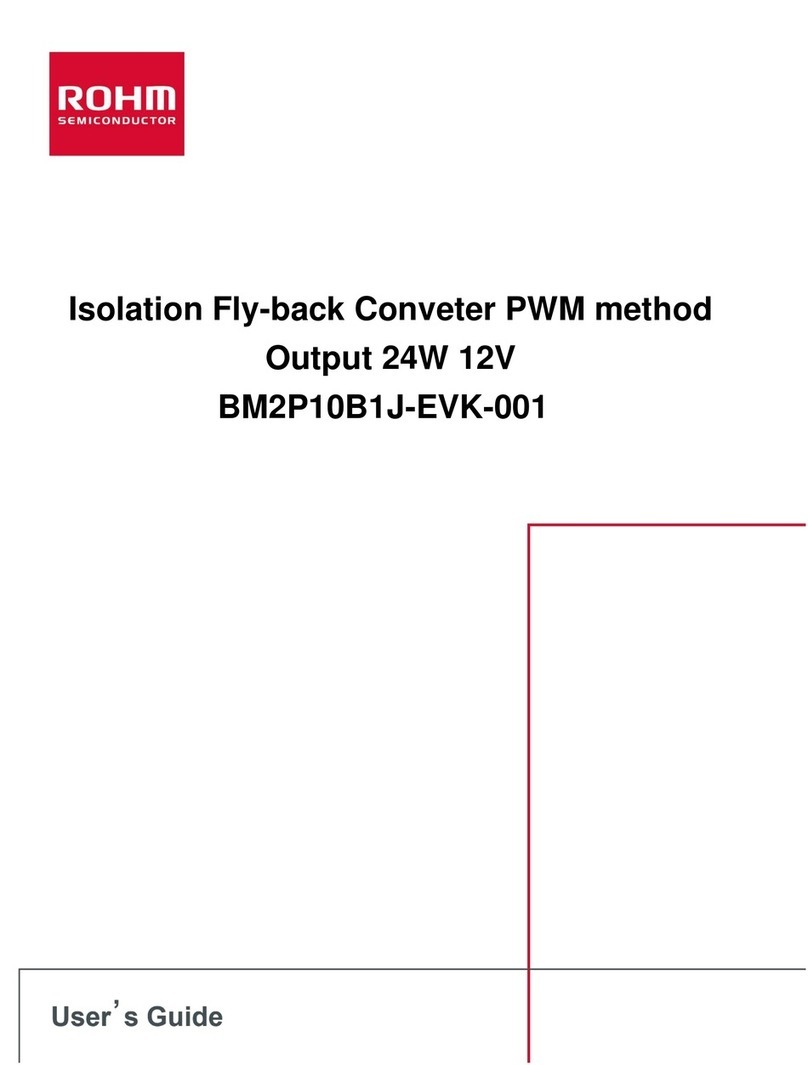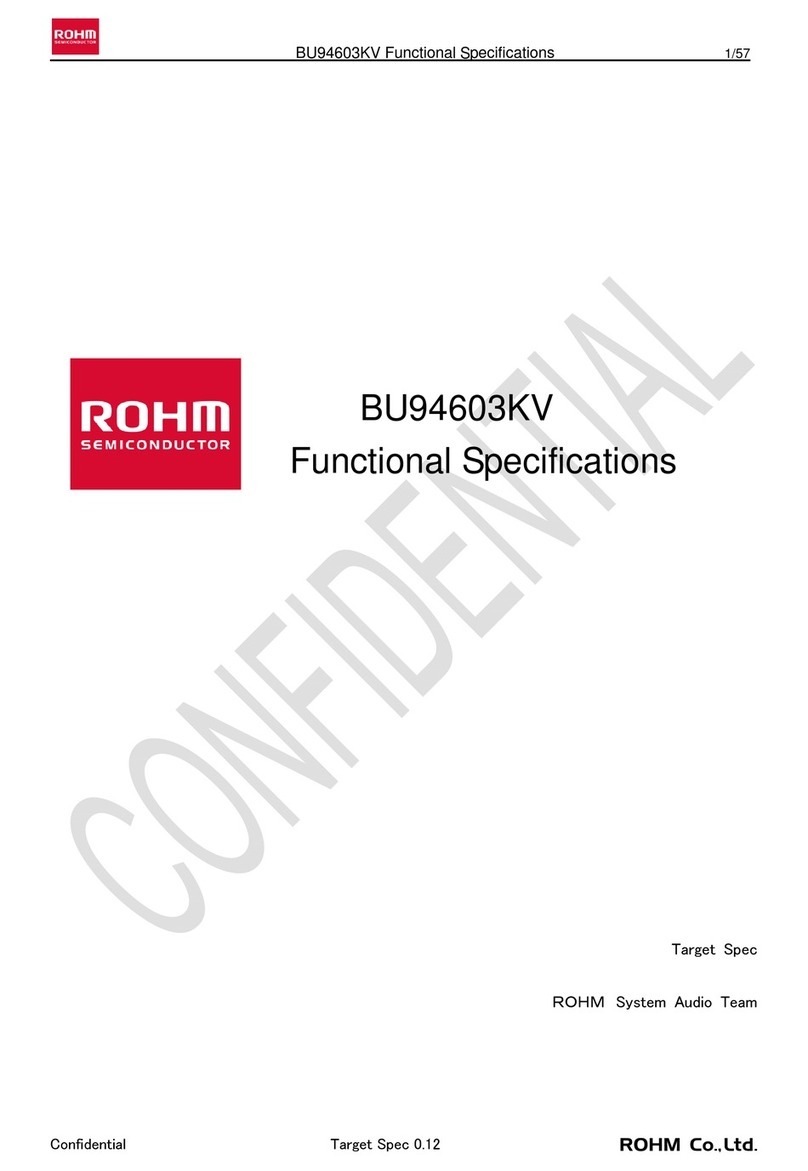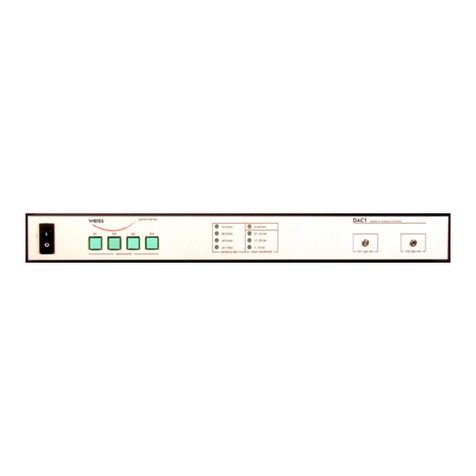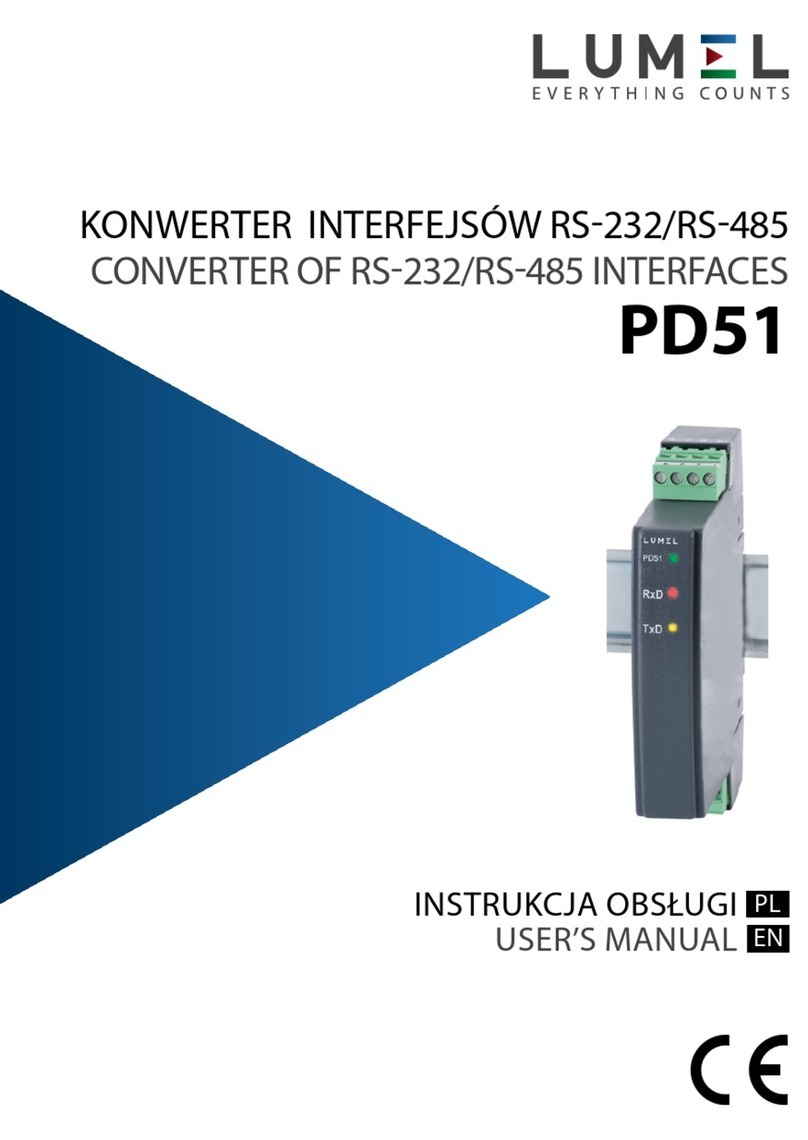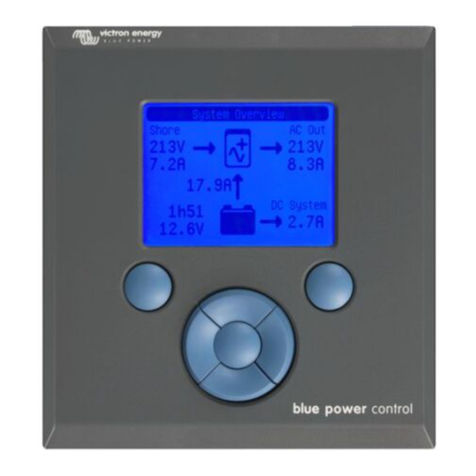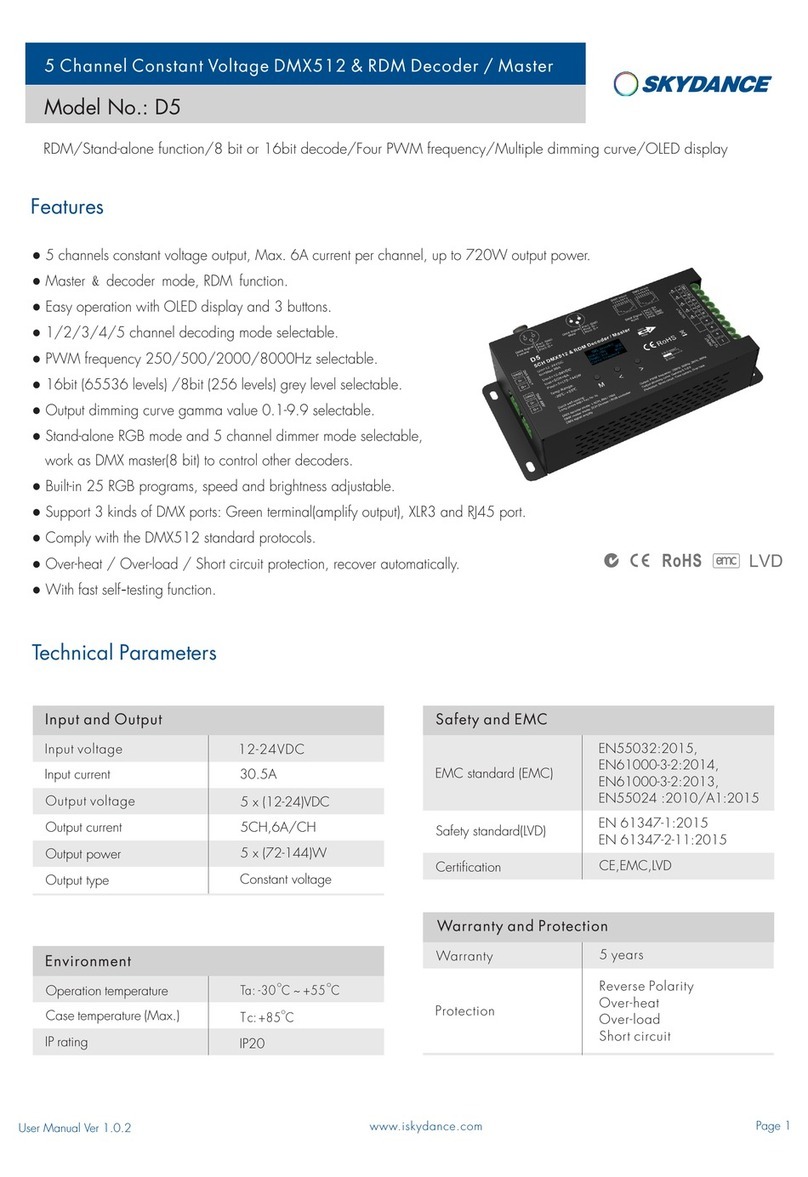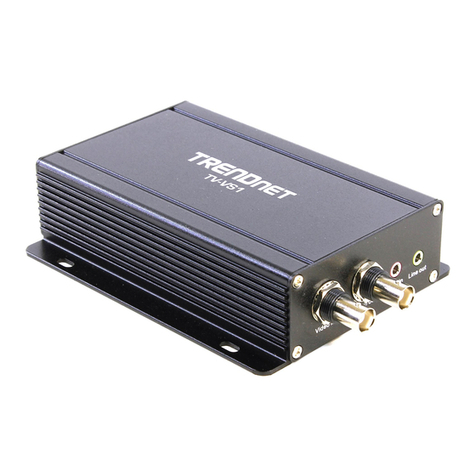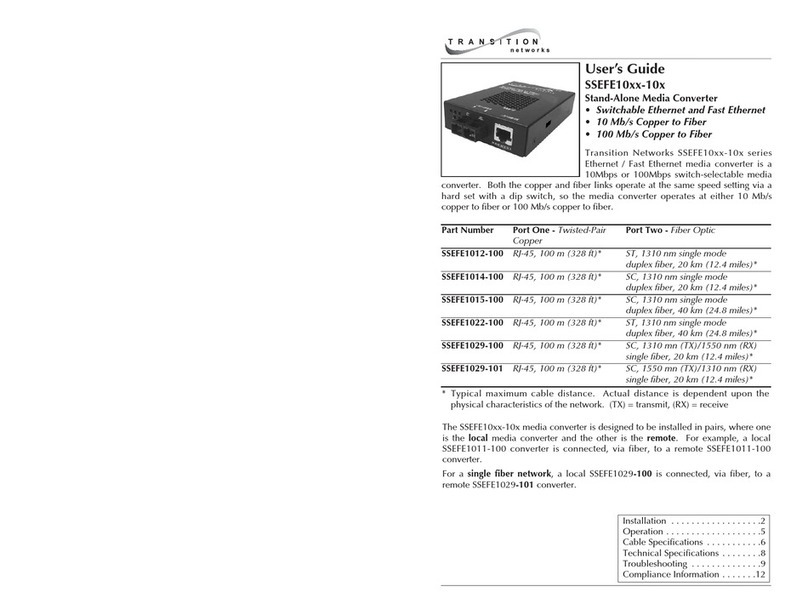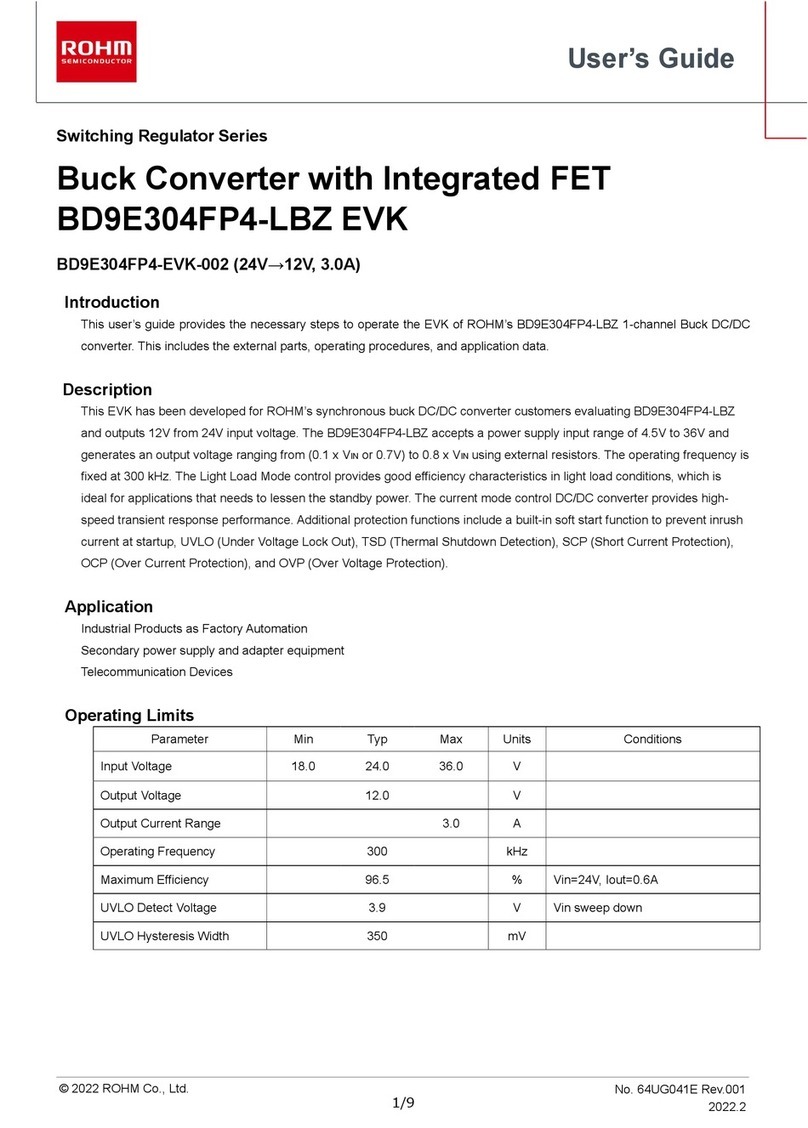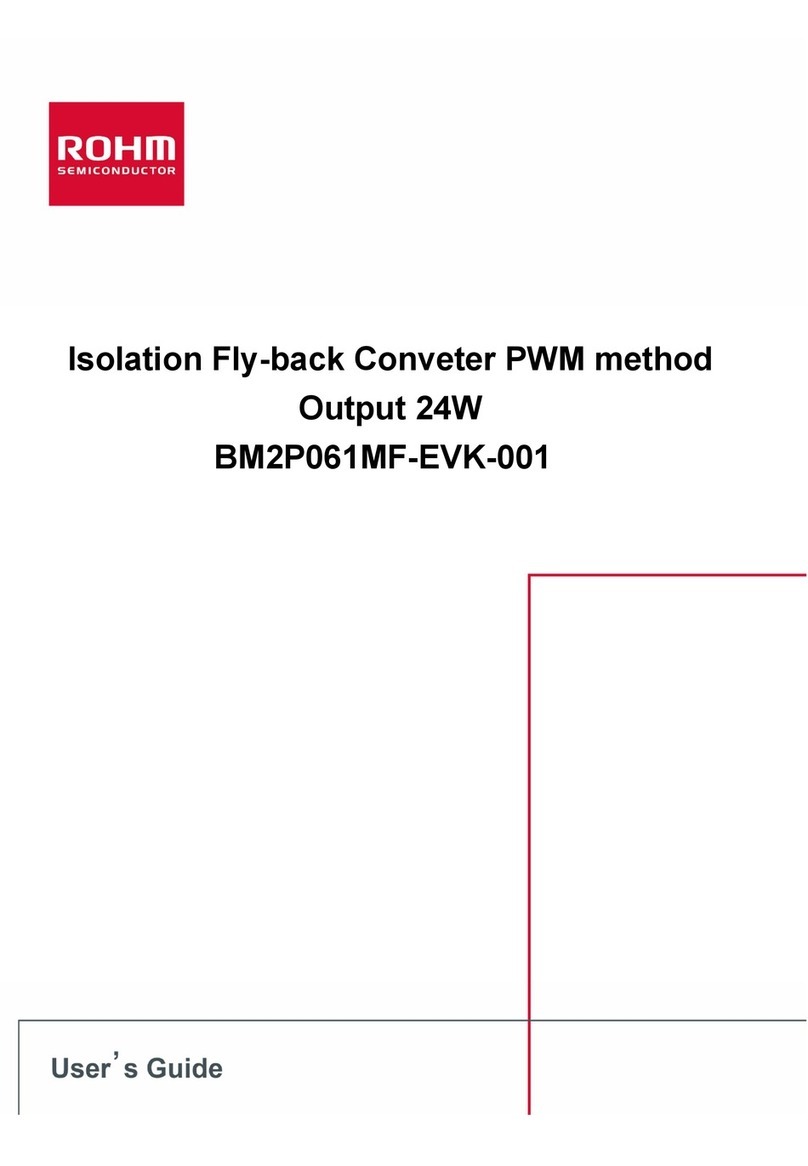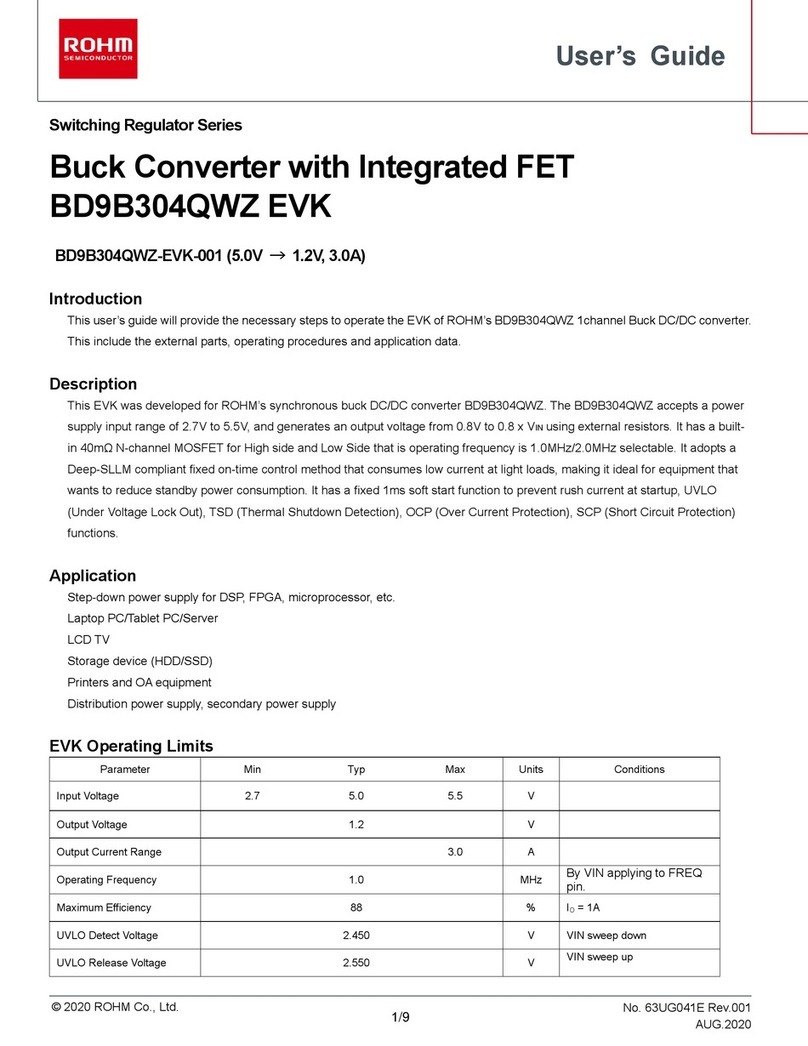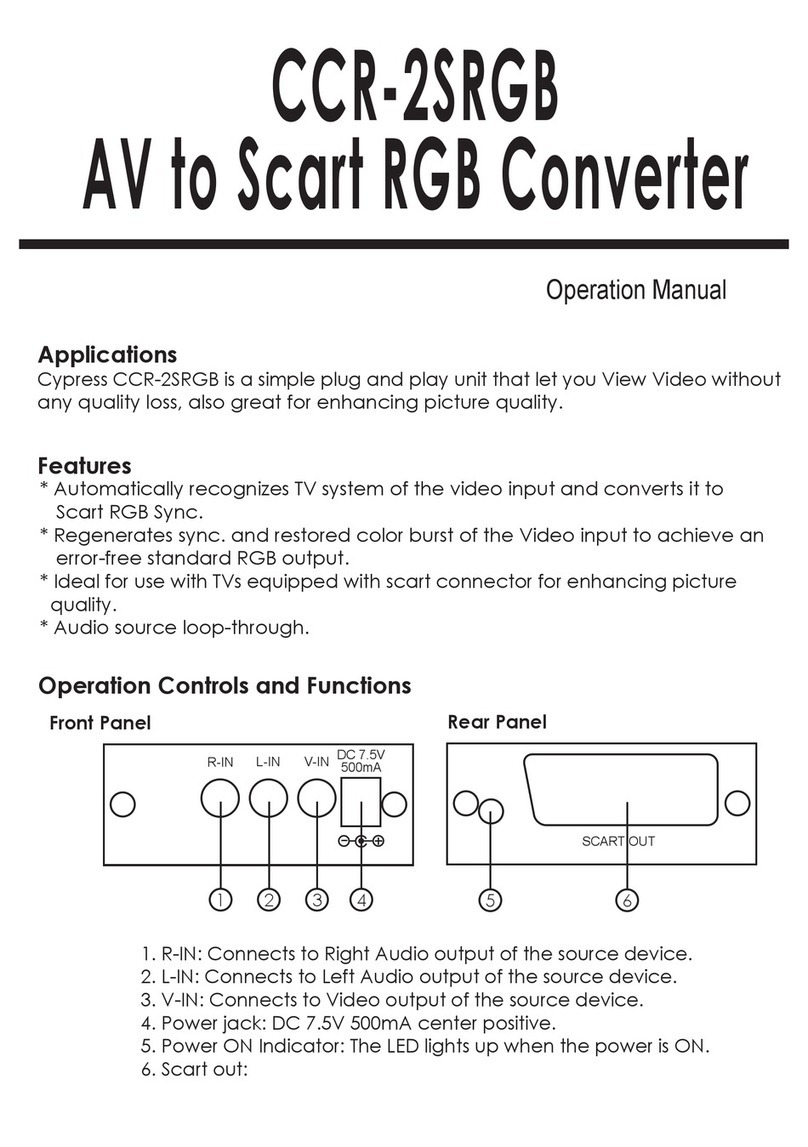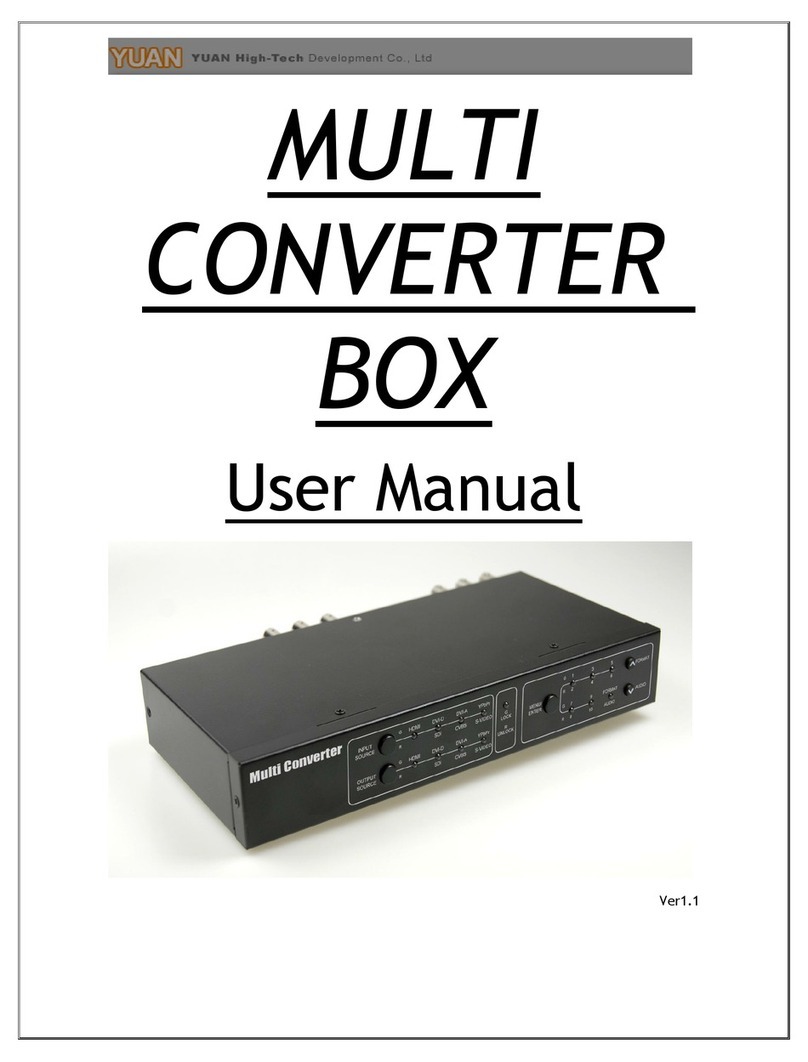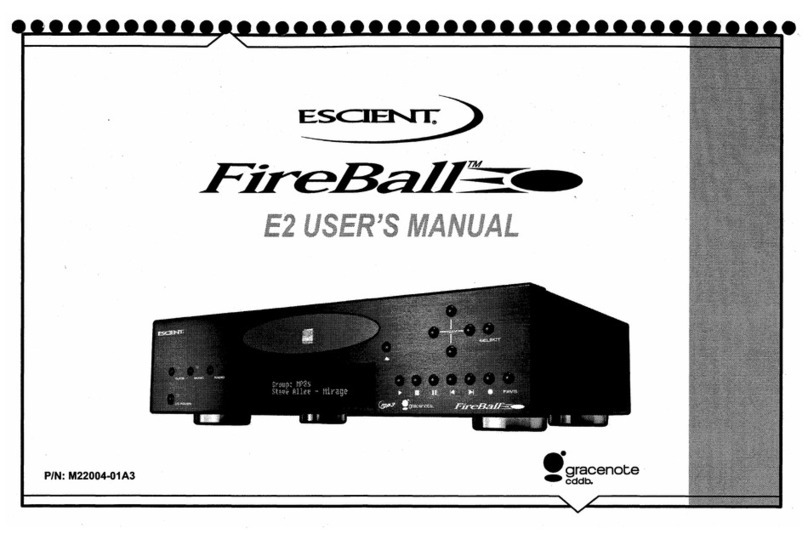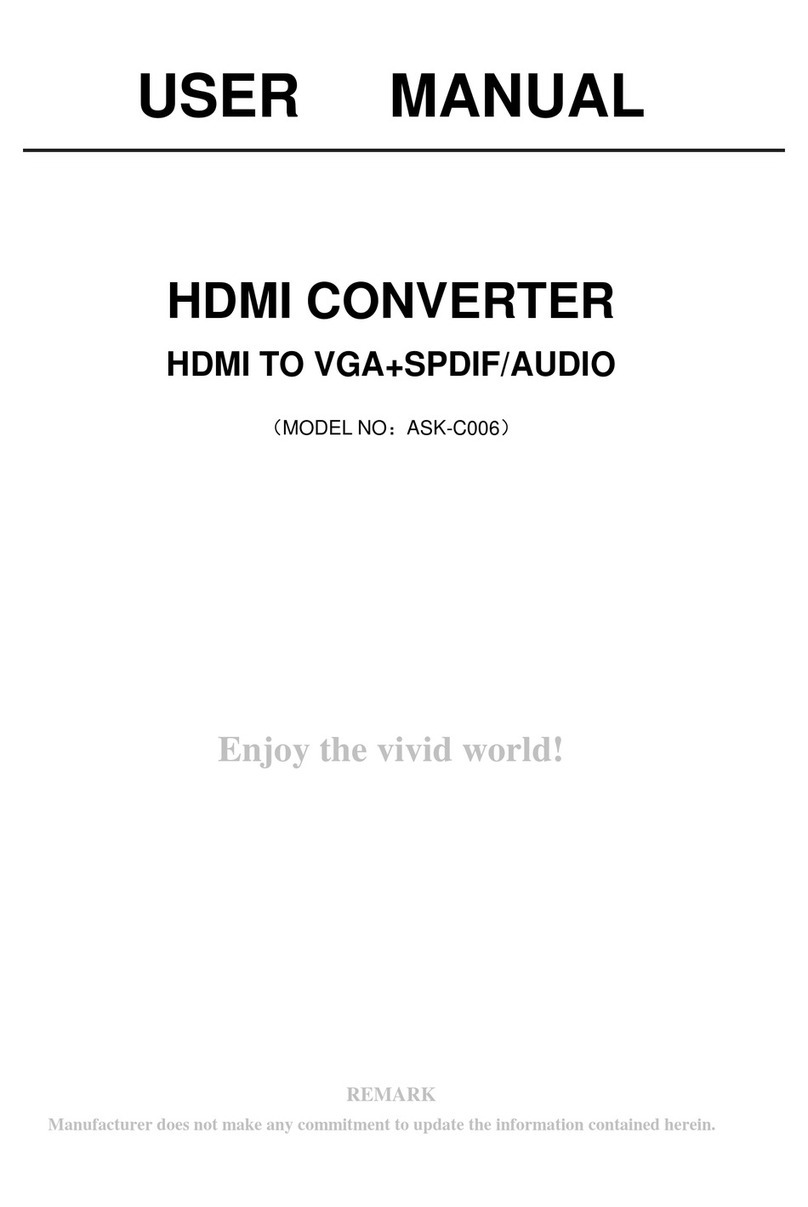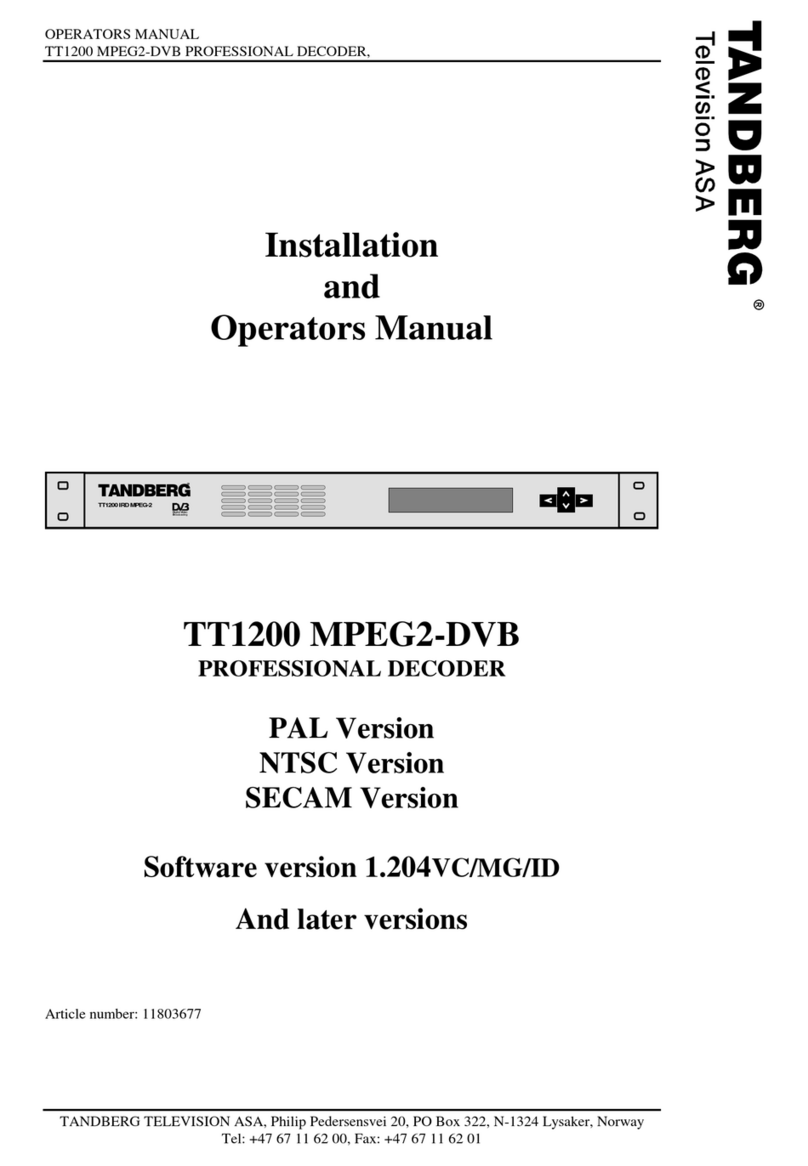
3/24
・Audio Interface
Parameter Symbol Min Typ Max Unit Condition
MCLKI Frequency fMCLK 4.096 -18.432 MHz
MCLKI Duty Ratio dMCLK 45 -55 %
LRCLK Frequency fs 16 -48 kHz
LRCLK Duty Ratio dLR 45 -55 %
BCLK Frequency fBCK 0.512 -3.072 MHz
BCLK Duty Ratio dBCK 45 -55 %
LRCLK edge to BCLK↑Time tLRS 50 --ns
BCLK↑to LRCLK Edge Time tSLR 50 --ns
Data Hold Time tSDH 50 --ns
Data Set-up Time tSDS 50 --ns
【BU7893GU】
・Whole Block
Unless otherwise specified、Ta= 25℃、DVDD_CORE=1.8V、DVDD_IO=1.8V、AVDD=2.8V、Digital input terminal is fixed with
DVDD_IO ”L” or ”H” level、The gain settings of the audio paths are all 0dB, and no signal
Parameter Symbol Min Typ Max Unit Condition
DVDD_CORE Stand-by Current
(Core logic block) ISTCO --10 μA standby,CLKI = DVSS
DVDD_IO Stand-by Current ISTIO --5 μA standby,CLKI = DVSS
AVDD Stand-by Current ISTA --5 μA standby
DVDD_CORE Operation Current IDDCO -5 10 mA
DVDD_IO Operation Current IDDIO -0.1 1 mA
BCLK,LRCLK = Input mode
MCLK = L output
AVDD Operation Current 1
(Analog melody) IDDA1 -1.6 2.8 mA
ANAINL→MIX1→SPOL
ANAINR→MIX2→SPOR
AVDD Operation Current 2
(Digital melody) IDDA2 -6.0 10.0 mA
SDI→MIX1→SPOL
SDI→MIX2→SPOR
TCXOI = 19.8MHz,fs = 44.1kHz
・DC Characteristic
Parameter Termin
-al
Symbol Min Typ Max Unit Condition
L Output Voltage Vold All output
terminal※10 -0.30 V Iol=+0.8mA
H Output Voltage Vohd All output
terminal※1
DVDD_IO
-0.30 -DVDD_IO V Ioh=-0.8mA
L Level Input Voltage1 Vild1 All input
terminal※2-0.3 -DVSS+0.5 V
L Level Input Voltage 2 Vild2 CLKI※3-0.3 -※3 V
H Level Input Voltage 1 Vihd1 All input
terminal※2
DVDD_IO
-0.5 -DVDD_IO
+0.3 V
H Level Input Voltage 2 Vihd2 CLKI※3※3 -DVDD_CORE
+0.3 V
L Level Input Current Iild All input
terminal※2-1 -1 μA Input terminal voltage
is DVSS
H Level Input Current 1 Iihd1 All input
terminal※2-1 -1 μA Input terminal voltage
is DVDD_IO
H Level Input Current 2 Iihd2 CLKI※3-1 -1 μA Input terminal voltage
is DVDD_CORE
Output OFF Current Iozd Hi-Z
terminal※4-10 -10 μA
※ 1 : They also contain interactive terminals that are set output state.
※ 2 : They also contain interactive terminals that are set input state.
※ 3 : Please connect 100pF coupling capacitor and input 0.5VP-P or more when you input through coupling capacitor.
※ (In address 15h CLKSEL1=0、CLKSEL0=1)
※ 4 : At interactive terminals of input state or three-state terminals of output-disable state




















